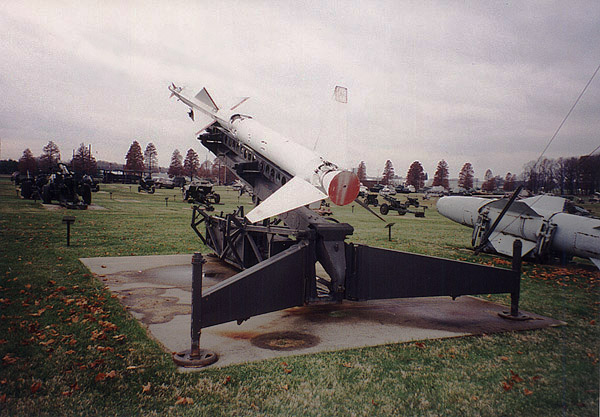
Nike Ajax on outdoor display at the U.S. Army
Proving Grounds Museum, Aberdeen Maryland.

Nike Ajax on outdoor display at the U.S. Army
Proving Grounds Museum, Aberdeen Maryland.
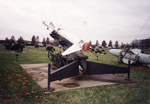 |
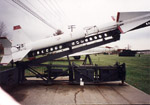 |
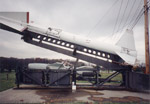 |
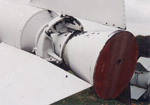 |
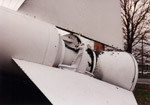 |
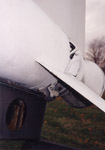 |
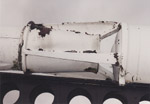 |
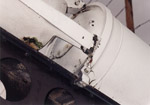 |
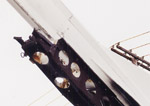 |
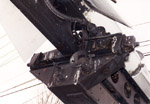 |
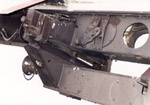 |
 |
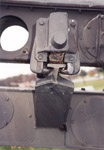 |
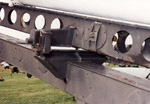 |
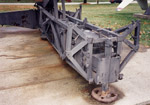 |
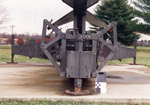 |
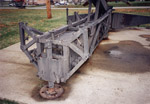 |
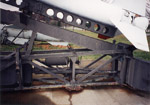 |
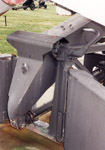 |
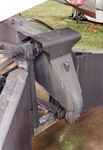 |
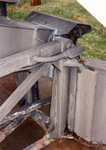 |
 |
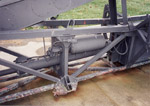 |
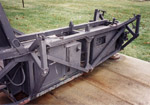 |
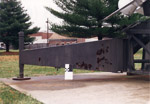 |
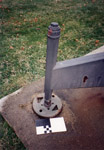 |
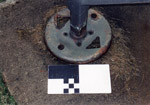 |
Nike Ajax Surface to Air Missile
Web site by: Phil
Broad
The Nike Ajax was developed in the immediate post-WWII period as a method of intercepting intercontinental range bombers being built in the U.S.S.R.. These enemy aircraft were expected to operate in large formations which the Nike would be able to destroy with a single low yield nuclear warhead. Guidance to the target would be provided by ground based long range radar installations which would also signal the warhead to detonate at the appropriate time. Nike was built as a "last ditch" short range defense with missile batteries positioned around most major cities in the U.S. and in Allied countries. Normally formations of aircraft were expected to be intercepted by manned supersonic aircraft also carrying nuclear tipped air-to-air missiles. It was only in the event that these aircraft failed that the Nike would be called upon to enter the battle. It had a range which was eventually extended to about 90 miles and reached a high degree of accuracy. Later developments would include the Nike Hercules and proposed Nike Zeus. Eventually these systems would be withdrawn and the bases closed when it became apparent that manned bombers were a very unlikely method of attacking the U.S.. The Nike family of missiles are a direct out-growth of the Wasserfall surface-to-air missile under development by Germany at the close of WWII. This example is seen at the U.S. Army Proving Grounds Museum at Aberdeen Maryland.
NOTE: The photographers scale seen in many of these photos is 6 x 12 inches in size.
Please contact me if you have comments about these images or corrections to the information presented here via E-Mail.